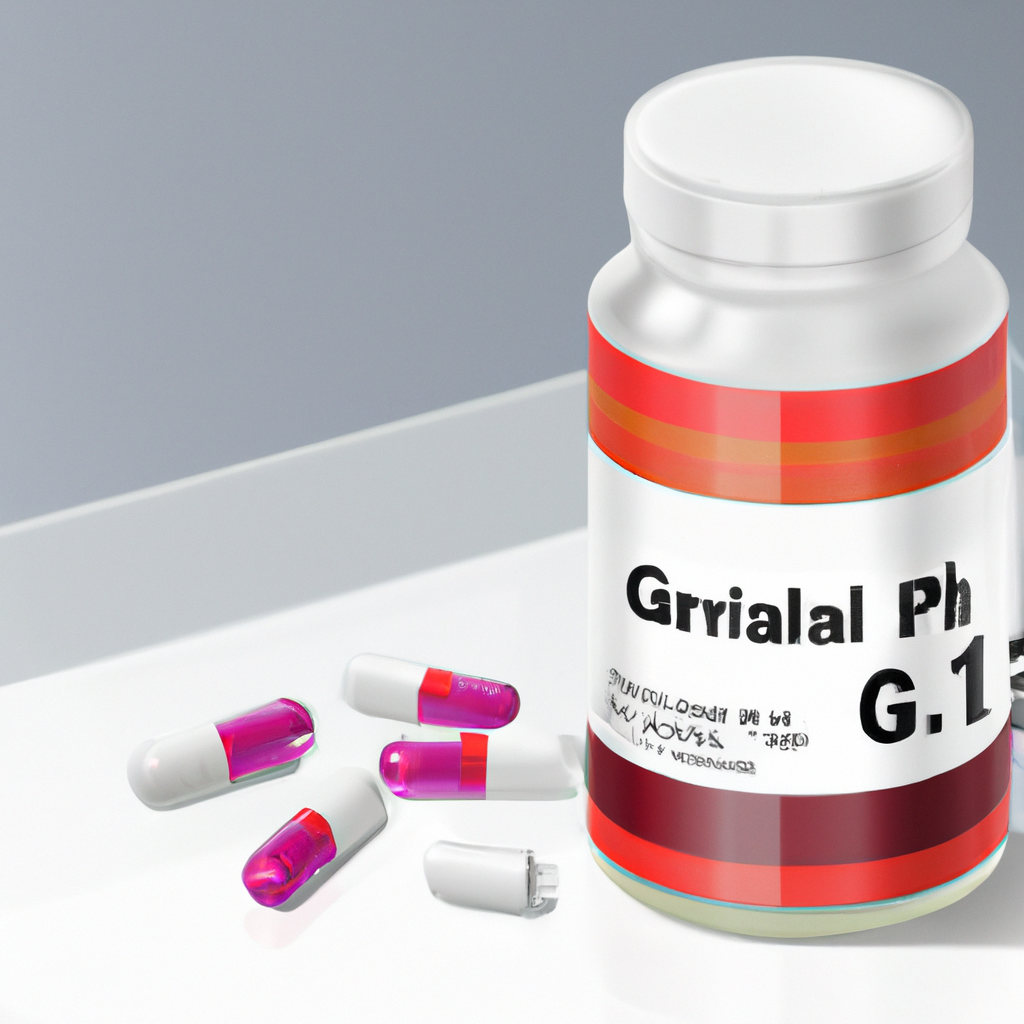The percentage of individuals without diabetes being prescribed GLP-1 medications is increasing, while new prescriptions for those with diabetes are declining, according to a recent study published in the Annals of Internal Medicine.
The study reveals that GLP-1 drugs, which imitate a hormone that manages blood glucose levels and decreases appetite, were initially approved for type 2 diabetes treatment. However, in 2021, the FDA approved Wegovy, a GLP-1 treatment, for weight loss, leading to a surge in prescriptions for non-diabetic individuals.
Researchers from Cedars-Sinai Medical Center and other institutions analyzed the medical records of 45 million Americans who had at least one doctor’s visit between 2011 and 2023. Their findings indicate that the proportion of new GLP-1 users diagnosed with type 2 diabetes dropped from nearly 90% in 2019 to over 70% in 2023. Contrastingly, the share of new GLP-1 users without type 2 diabetes rose from 10% to 25%.
Yee Hui Yeo, a co-first author of the study, commented that this trend reflects a significant public health shift as healthcare providers increasingly recognize the benefits of these drugs for obesity treatment. Nevertheless, the trend raises concerns about possible medication shortages and the necessity of ensuring diabetes patients retain access to these vital treatments.
The research utilized data from the healthcare software firm TriNetX, which might not represent the national demographic accurately.
In recent years, GLP-1 drugs have garnered attention for their appetite suppressant effects and are reported to assist users in losing up to 26% of their body weight.
The soaring sales of these medications have elevated Eli Lilly and Novo Nordisk to become the most valuable pharmaceutical firms worldwide. However, the escalating demand has created challenges for patients attempting to fill prescriptions. Both companies have invested heavily in expanding their production capabilities for these drugs.
Morgan Stanley analysts project that the global market for GLP-1 medications could hit $105 billion by 2030, with an expected adoption rate reaching approximately 31.5 million people in the U.S., or about 9% of the population, by 2035.
